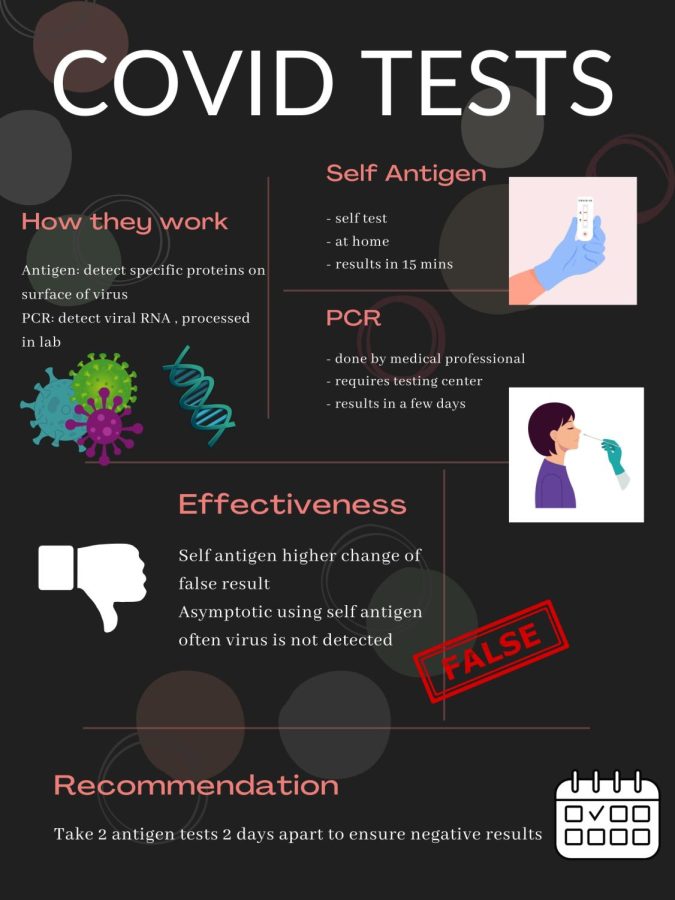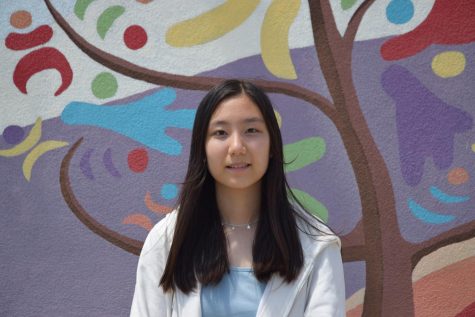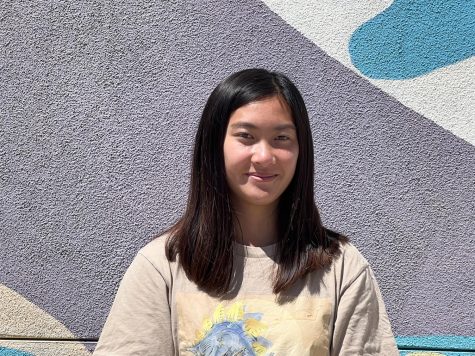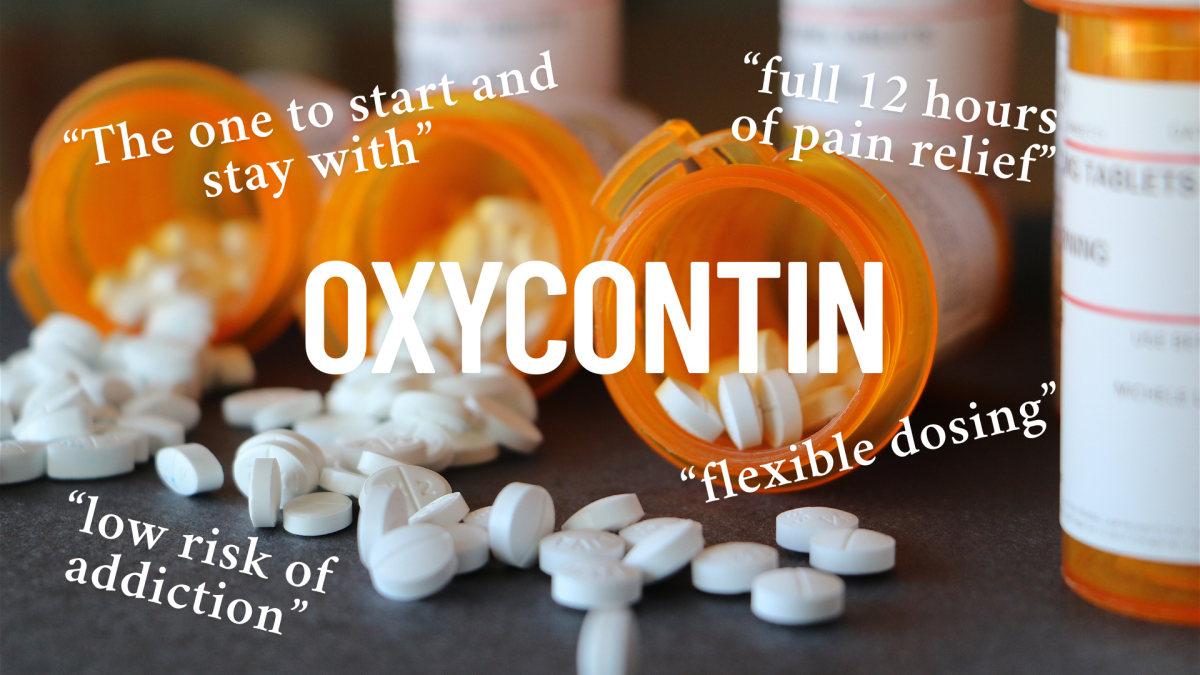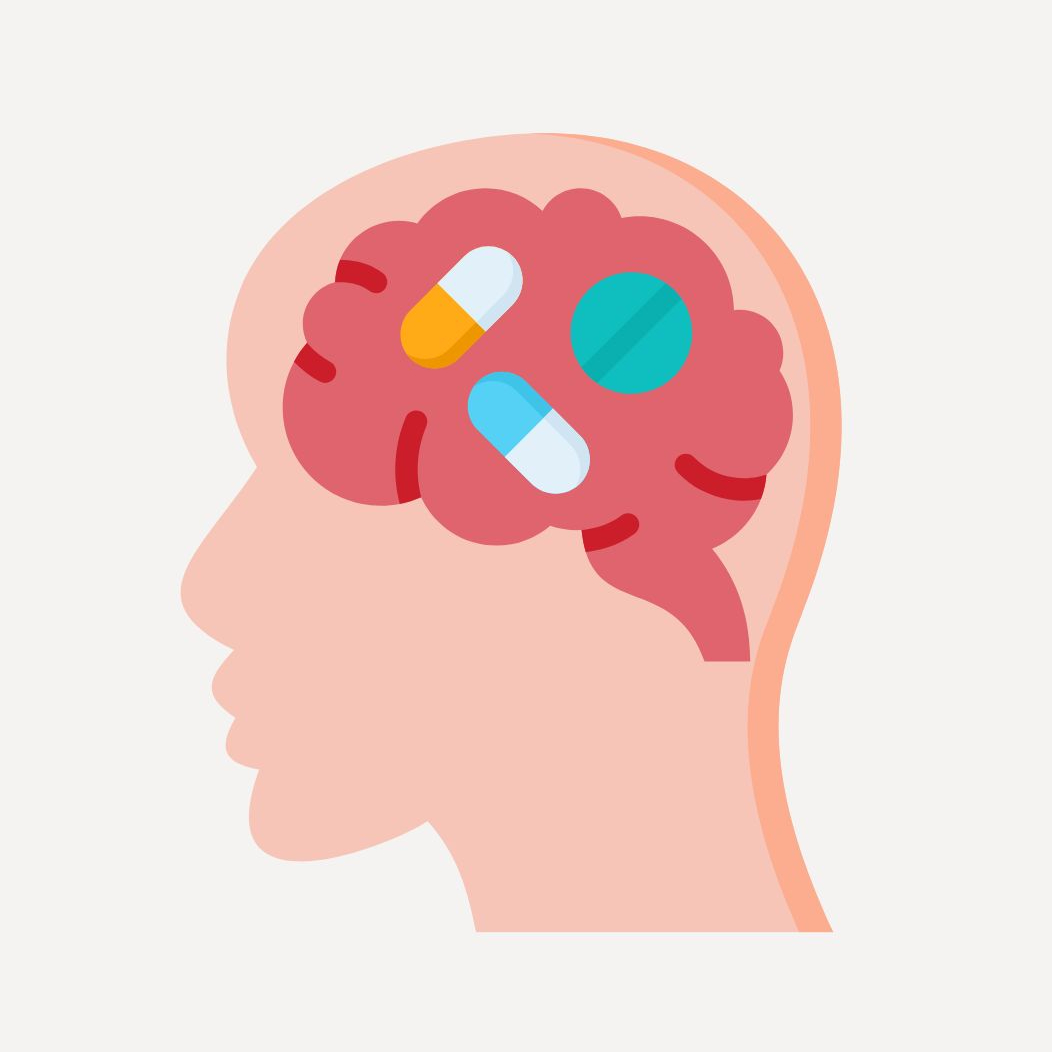How effective are various COVID-19 tests?
From PCR to self-antigen tests, there are a variety of ways to check if one has COVID-19.
January 23, 2022
At the end of winter break, the PUSD district offered its students free at-home COVID-19 tests to control the spread of the disease. The measure taken was proven helpful, as many students who caught COVID-19 by traveling and interacting with others during break tested positive and could isolate themselves.
“It should be mandatory for students to be tested before they go to school for the general safety of our Amador community,” said Andrea Yang (‘23).
The at-home tests are rapid antigen tests, which detect specific proteins on the surface of the coronavirus. They show results in as fast as fifteen minutes. On the other hand, PCR (polymerase chain reaction) tests take several days because they detect viral RNA and must be processed in a lab. People must also travel to testing centers for these tests instead of being able to remain in the safety of their home.
“I did have symptoms, a fever and sore throat, but on the day of the [PCR] test I was mostly recovered [and] believed it was just a cold,” said Nathan Lin (‘23).
When the viral presence is small, people with COVID-19 most likely do not experience any symptoms, and it can go undetected by at-home tests. Data also shows that the effectiveness of detection diminishes significantly with at-home tests. According to the CDC, they are much more likely to show a false negative than PCR tests, as much as 20% of users.
“I think it’s likely to have a false negative or positive because of misusing by the user, or lack of observation,” said Yang.
The district recommends that students take two tests at least two days apart to ensure that students aren’t positive for COVID-19. Two days is time for the virus to develop if small amounts existed at the beginning, so it is easily detectable.
“Students [should] be tested regardless of if they went on vacation or not for the betterment of themselves and the people they surround themselves with,” said Ananya Niranjan (‘25).

